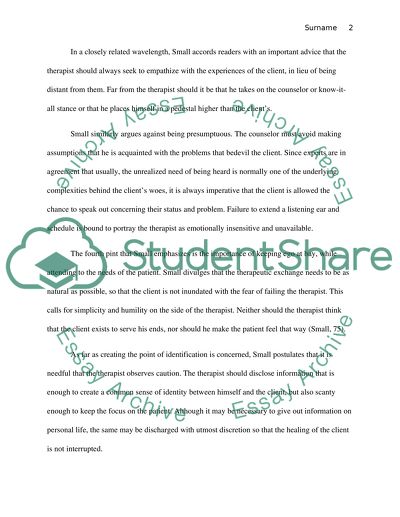Cite this document
(“Becoming Naturally Therapuetic Book Report/Review”, n.d.)
Becoming Naturally Therapuetic Book Report/Review. Retrieved from https://studentshare.org/psychology/1440970-becoming-naturally-therapuetic
Becoming Naturally Therapuetic Book Report/Review. Retrieved from https://studentshare.org/psychology/1440970-becoming-naturally-therapuetic
(Becoming Naturally Therapuetic Book Report/Review)
Becoming Naturally Therapuetic Book Report/Review. https://studentshare.org/psychology/1440970-becoming-naturally-therapuetic.
Becoming Naturally Therapuetic Book Report/Review. https://studentshare.org/psychology/1440970-becoming-naturally-therapuetic.
“Becoming Naturally Therapuetic Book Report/Review”, n.d. https://studentshare.org/psychology/1440970-becoming-naturally-therapuetic.


